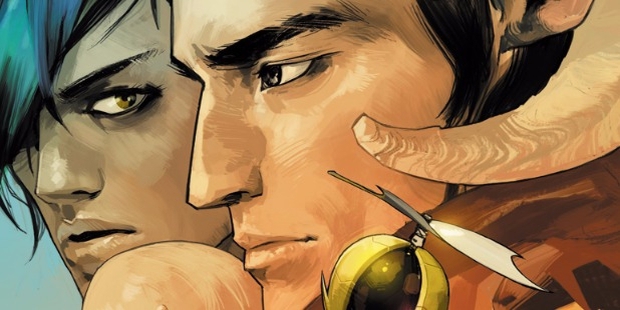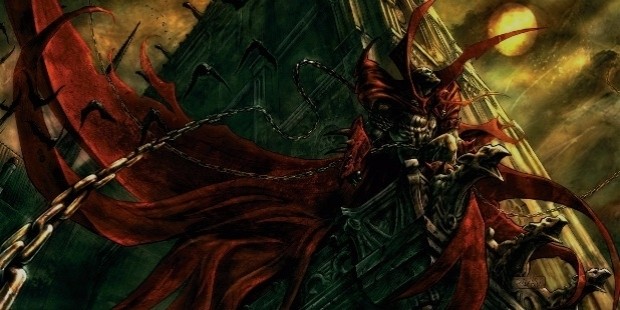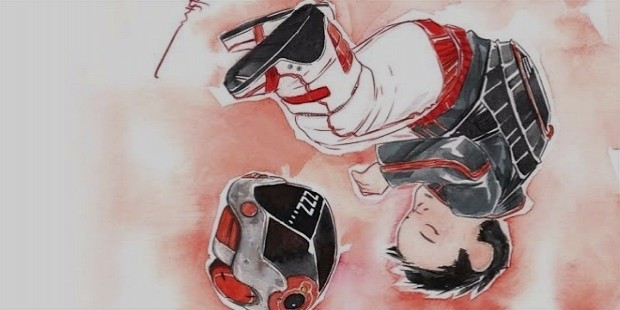Independent Sequential Art: Profile on Image Comics

Profile

The comic book industry is a thriving and creative world that has become the wellspring of so many inventive stories that are frequently adapted into blockbuster films or groundbreaking television shows. Outside of the two behemoths that are Marvel and DC, there are other publishing imprints that are making massive waves as far as redefining the very landscape of visual storytelling. Image Comics is perhaps the premier leader of such innovations as the company is responsible for introducing readers to unique and immersive stories outside of the superhero universes produced by DC and Marvel.
The company prides itself on offering a truly diverse range of stories that cater to the full spectrum of readers, even those who are wary of reading comic books as an adult. A title published by Image Comics is immediately distinctive in terms of both art and storytelling as the creators are given complete freedom to make the kind of stories they want to tell without being chained to the rigid rules of pre-existing characters. Indeed, the books, movies, and TV shows that most people are consuming today wouldn’t be the same if not for the rising and enduring influence of Image Comics.
Foundation and History

The company was founded in 1992 by eight luminaries in the comic publishing industry: illustrators Todd McFarlane, Jim Lee, Rob Liefeld, Marc Silvestri, Erik Larsen, Jim Valentino, Whilce Portacio, and writer Chris Claremont. The group as a whole felt dissatisfied and frustrated with the treatment of the two major superhero comic publishers because they didn’t get full creative control of the characters and stories they made, as well as not receiving proper financial credit for any merchandising deals or royalties made from comic sales. Thus, Image Comics was born from this collective and the founders were adamant on the idea that creators would get full ownership and rights to their works without any creative or financial interference from the company.
The launch of Image was hailed as a milestone in the comics industry and a godsend for independent comic creators because they now had a platform to create works that completely deviated from the predominant superhero genre at the time. The imprint also took the initiative of publishing full-length graphic novels outside of monthly single-issue comics to further give them the competitive edge in the growing sequential art market. The first few titles released by the company were works by some of the founders, such as McFarlane’s Spawn (pictured above), Larsen’s The Savage Dragon, and Liefeld’s Youngblood. The books sold record numbers owing in part to the popularity of the creators among comic book fans, but also from comic collectors wanting to get first dibs on the next big thing in sequential art, particularly in the independent market.
Highs and Lows

Despite the company’s initial successes and critical accolades, the publishing brand was still relatively new to the market and suffered from the lack of business management. The founders had limited to no experience in managing the business aspect of their brand, and as a result, orders for comics were either delayed or unable to be sold after arriving late to shops. Disagreements between the partners gradually surfaced during the latter half of the 1990s, with some of the founders even leaving the company they helped build due to creative and entrepreneurial differences. During this unstable period, very few Image titles received publishing longevity and many others were cancelled after a short run due to poor sales or internal issues brewing within the company.
As the company entered the new millenium, Image faced new competition in the independent comic scene by other emerging imprints wanting to wrestle the market share away from them. However, the publishing house managed to survive the storms and emerged with a clear plan to completely restructure the company and revise their business strategies that would bring balance between quality art and lucrative commerce for everyone involved.
A Company Reborn

Learning from their mistakes, the people who remained at Image together with new additions to the editorial board took their time in ensuring that they rebuild the company with the new business practices in place. In 2009, their patience paid off handsomely as this marked the beginning of their rise to dominance in the comics industry as a whole.
Many of Image’s most successful titles were born between the late 2000s and early to mid-2010s, such as The Walking Dead by Robert Kirkman, Tony Moore, and Charlie Adlard; East of West by Jonathan Hickman and Nick Dragotta; Deadly Class by Rick Remender and Wes Craig; Chew by John Layman and Rob Guillory; Sex Criminals by Matt Fraction and Chip Zdarsky; The Wicked + The Divine by Kieron Gillen, Jamie McKelvie, and Matt Wilson; Descender by Jeff Lemire and Dustin Nguyen; and Saga by Brian K. Vaughan and Fiona Staples (pictured above).
Their return to form also yielded massive critical acclaim for their stable of titles, as well as earning multiple nominations and wins for the Eisner Award, which is regarded as the Oscars of the comics industry. Their continuing success has enabled the company to stand up against the might of Marvel and DC, and encouraging new and established comic creators to pursue their personal projects under their brand without fear of losing creative license or receiving due payment for sales royalties.
Current Status

Of the original eight founders of Image, only four remain in the company with executive positions: McFarlane as president, Valentino as vice president, Silvestri as chief executive officer, and Larsen as chief financial officer. Rounding off the key people in the company are Robert Kirkman as the chief operating officer and Eric Stephenson as Image’s publisher. It was also announced that the company headquarters would be relocated from its offices in Berkeley, California to Portland, Oregon in early 2017.
Additionally, Kirkman’s series The Walking Dead continues to be one of their top ongoing bestsellers, as well as being one of the few Image titles to be made into a live-action adaptation as a TV series on AMC (pictured above) which debuted in 2010 and is currently on its seventh season with an eighth season planned for release in late 2017.









